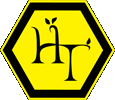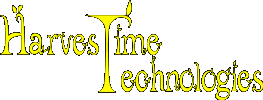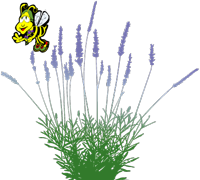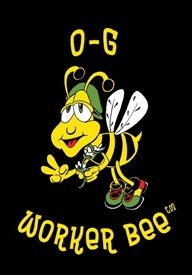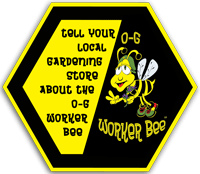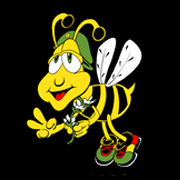Hand Pollination in China
All pears grown in China are now hand-pollinated because of the mysterious disappearance of our best natural pollinator, the honeybee.
Advantages of hand pollination
A quick literature review indicates that hand pollination is applied extensively in the apple and pear cultivation areas in China. In addition, hand pollination is also used in ginkgo, kiwi fruit, etc. Apart from pears in the study area, hand pollination is also applied to other fruit trees, including peaches and plums. This situation has implied that hand pollination should have various advantages. According to analysis of field investigation results and interviews with local pear growers and technicians, the following advantages are listed.
• No need for cultivation of many pollinisers, giving more land for cultivation of the target pear varieties. For effective pollination, pollinisers should be planted evenly in pear orchards and account for around 20% of pear trees. Due to very limited land resources and available labours, pollinisers account for only 2-5% of pear trees and flowers of pollinisers are efficiently used. Fewer pollinisers will provide more space for cultivation of the target variety. This is important for efficient use of land resources because the land holding is extremely small in the region.
• Ensured fruit setting. Hand pollination pollinates nearly every flower that ensures satisfactory fruit setting.
• Ensured pollination by managed/needed pollinisers.
• Solving the problem of temporal blooming gaps between pollinisers and target variety.
• Good marketing traits of the pears. Hand pollinated pears are larger and more uniformly shaped than fruit open pollinated because the latter have few seeds due to inadequate pollination.
